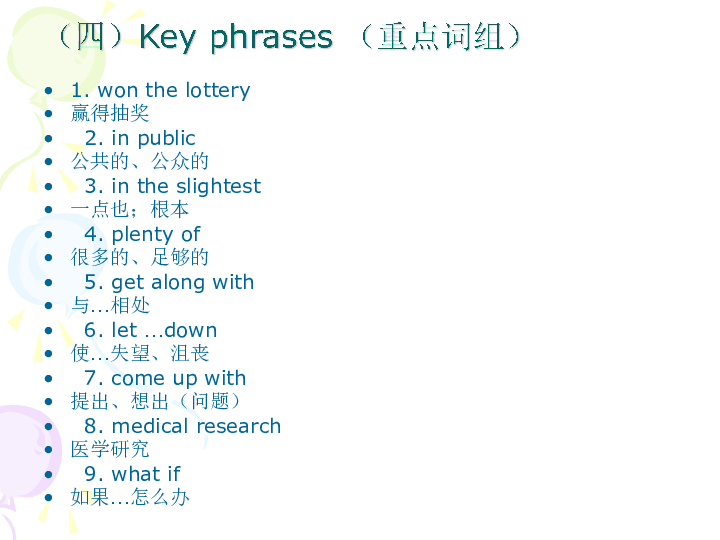Discover What Plants Attract Pollinators: A Guide to Creating a Buzzing Garden
Guide or Summary:IntroductionUnderstanding PollinatorsChoosing the Right PlantsCreating a Pollinator-Friendly EnvironmentIntroductionCreating a vibrant gard……
Guide or Summary:
- Introduction
- Understanding Pollinators
- Choosing the Right Plants
- Creating a Pollinator-Friendly Environment
Introduction
Creating a vibrant garden that supports pollinators is not only beneficial for the environment but also enhances the beauty of your outdoor space. Understanding **what plants attract pollinators** is essential for anyone looking to cultivate a thriving garden. Pollinators, such as bees, butterflies, and hummingbirds, play a critical role in the ecosystem by facilitating the reproduction of flowering plants. This guide will delve into the types of plants that attract these vital creatures and how to design your garden for maximum pollinator appeal.
Understanding Pollinators
Before we explore **what plants attract pollinators**, it’s important to understand the types of pollinators you may want to invite into your garden. Bees, including honeybees and native species, are the most effective pollinators. Butterflies are not just beautiful; they also contribute significantly to pollination. Hummingbirds, while less common, are drawn to specific flowers and can be a delightful addition to your garden. Each of these pollinators is attracted to different types of plants, so knowing their preferences is key to creating a pollinator-friendly environment.
Choosing the Right Plants
When considering **what plants attract pollinators**, it’s essential to select a diverse range of flowering plants that bloom at different times throughout the growing season. This ensures that your garden provides a continuous food source for pollinators. Here are some excellent choices:
1. **Bee Balm (Monarda)**: Known for its vibrant colors and fragrant foliage, bee balm is a favorite among bees and butterflies. It blooms from mid-summer to fall, providing sustenance during a crucial time.

2. **Lavender (Lavandula)**: This aromatic herb attracts a variety of pollinators, including bees and butterflies. Its long blooming period and drought resistance make it a practical choice for many gardens.
3. **Coneflower (Echinacea)**: With its striking purple petals and sturdy structure, coneflowers are not only beautiful but also attract a multitude of pollinators. They thrive in sunny locations and are relatively low-maintenance.
4. **Sunflowers (Helianthus)**: These towering beauties are not only a favorite for their aesthetic appeal but also for their ability to attract bees and birds. Sunflowers bloom in the summer and provide seeds for birds in the fall.
5. **Milkweed (Asclepias)**: Essential for the lifecycle of monarch butterflies, milkweed is a must-have if you want to attract these stunning insects. It blooms in late spring and summer, offering nectar for various pollinators.

Creating a Pollinator-Friendly Environment
To maximize your garden’s appeal to pollinators, consider the following tips:
- **Plant in Clusters**: Grouping plants together makes it easier for pollinators to find food sources. Planting in clusters also creates a more visually appealing garden.
- **Avoid Pesticides**: Chemicals can be harmful to pollinators. Opt for organic gardening methods to protect these essential creatures.
- **Provide Shelter**: Incorporate elements like native shrubs, small trees, and undisturbed areas where pollinators can rest and nest.

- **Offer Water Sources**: A shallow dish filled with water or a small pond can provide hydration for thirsty pollinators.
In conclusion, knowing **what plants attract pollinators** is vital for anyone looking to create a flourishing garden that supports these important creatures. By selecting a diverse array of plants, creating a pollinator-friendly environment, and avoiding harmful chemicals, you can help sustain pollinator populations while enjoying the beauty they bring to your outdoor space. Start your journey to a buzzing garden today, and watch as your plants come to life with the flutter of wings and the hum of bees!